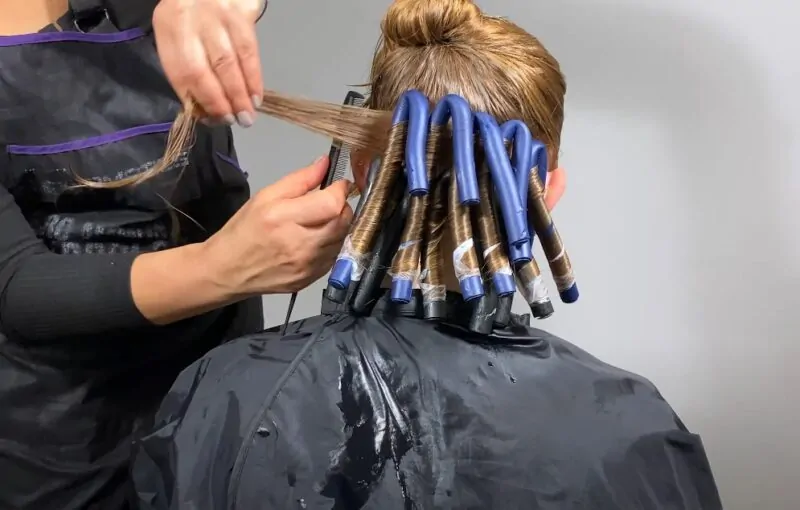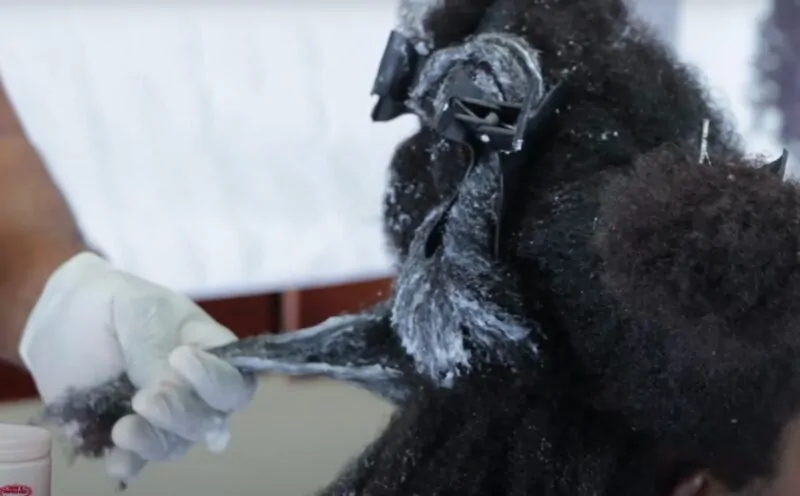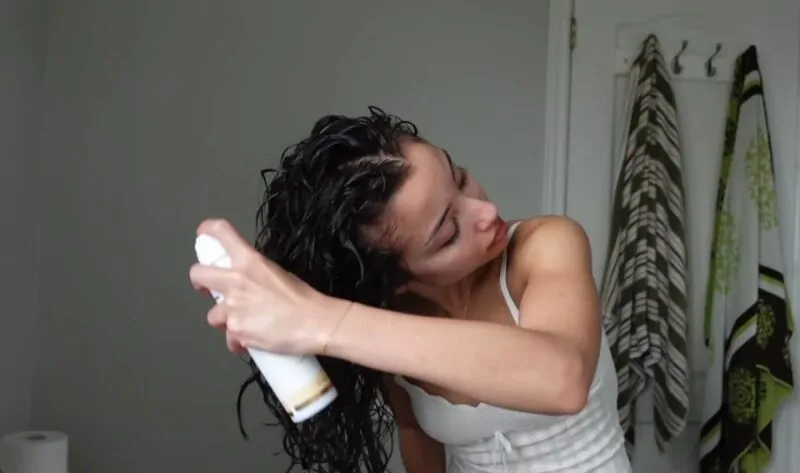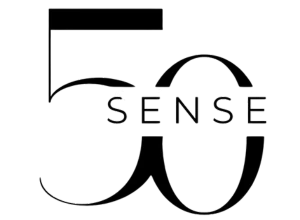
Share Post:
Hey there! If you’re considering getting a perm and are curious about the costs, you’re in the right place. Getting a perm can be a fantastic way to switch up your look, but the prices can vary significantly.
Let’s chat about what you can expect to pay and what factors influence the cost.
How Much Can You Expect to Pay?

Perms can range from $30 to $800. That’s quite a spread! The cost largely depends on factors like hair length, perm style, and the method used. Here’s a quick breakdown:
By Hair Length
- Short Hair: $30 – $150
- Medium-Length Hair: $60 – $200
- Long Hair: $80 – $400
By Perm Style
- Spiral Perm: $80 – $200
- Beach Wave Perm: $100 – $300
- Volumizing Perm: $50 – $150
- Stack Perm: $60 – $180
By Perming Method
Different techniques and chemicals can also affect the price:
| Perm Method | Cost Range |
| Acid Perm | $60 – $150 |
| Alkaline Perm | $50 – $100 |
| Digital Perm | $150 – $300 |
| Exothermic Perm | $80 – $200 |
| Dual Action Perm | $100 – $250 |
| Organic Perm | $90 – $200 |
The Basics

Let’s quickly cover what a perm involves. Essentially, a perm (short for permanent wave) uses chemicals to change the texture of your hair, creating waves or curls. The process includes:
- Applying Chemicals: A solution is applied to break down the hair’s structure.
- Using Perm Rods and Heat: Hair is wrapped around rods, and heat is applied in some methods.
- Setting the New Shape: Another chemical solution is used to set the curls or waves.
Factors Influencing Perm Costs
1. Location
Where you live can make a big difference. Salons in major cities or upscale neighborhoods often charge more than those in smaller towns or less affluent areas.
Prices can vary even within the same city, depending on the zip code.
2. Stylist’s Expertise
Experienced stylists or those with specialized training might charge more. Their expertise can ensure a better result, so it’s often worth the extra cost.
3. Salon Type
High-end salons with luxurious amenities will likely charge more than budget-friendly or chain salons. Sometimes, paying a bit more at a reputable salon can be beneficial for the health of your hair.
4. Hair Condition
If your hair is in less than optimal condition, additional treatments might be necessary before the perm, adding to the overall cost. Healthy hair is essential for a good perm, so sometimes, prep work is unavoidable.
Benefits of a Professional Perm
While the cost can be steep, getting a perm professionally done has its perks:
- Time-Saving: A perm can save time on daily styling.
- Customization: Professional stylists can tailor the curls to suit your face shape and hair type.
- Quality Chemicals: Higher-end salons use better-quality chemicals that can be gentler on your hair.
Perm Longevity and Maintenance
Perms, or permanent waves, can last between three to six months, although the exact duration can vary based on several factors, including hair type, the specific perm technique used, and how well the perm is maintained.
Here are some key points and tips for maintaining the longevity of a perm:
Factors Affecting Perm Longevity
- Hair Type: The natural texture, length, and thickness of your hair play a significant role in how long the perm lasts. Finer hair may hold a perm longer than thicker hair.
- Perm Type: Different types of perms (e.g., digital perms, cold perms) have varying lifespans. For instance, digital perms, known for their defined curls, typically last longer.
- Care and Maintenance: Proper aftercare can significantly extend the life of a perm. This includes using suitable hair products and following recommended hair care practices.
Tips for Maintaining a Perm

- Initial Care: Avoid washing your hair for at least 48 to 72 hours after getting a perm to allow the curls to set properly.
- Hair Products: Use sulfate-free shampoos and conditioners to prevent stripping the hair of its natural oils, which can help maintain the curl pattern.
- Regular Trims: Get regular trims every 6-8 weeks to remove split ends and prevent them from damaging the perm.
- Styling Products: Apply mousse, gel, or curl-enhancing products to define and hold the curls.
- Avoid Heat: Minimize the use of heat styling tools like flat irons and curling irons, as excessive heat can weaken the curl structure.
- Gentle Handling: Be gentle when brushing or combing your hair. Use a wide-tooth comb to detangle wet hair to avoid breaking the curls.
- Sleeping Care: Sleep on a silk or satin pillowcase to reduce friction and prevent frizz. Alternatively, you can wrap your hair in a silk scarf before bed.
Common Myths and Misconceptions
- Permanent Effect: While the term “perm” suggests permanence, the curls are not truly permanent and will gradually relax over time.
- Chemical Reversal: Unlike hair color, a perm cannot be washed out or chemically reversed. You must let the perm grow out or cut it off.
Alternatives to Perms

If you’re looking to achieve curly hair without the potential damage of a perm, there are several alternatives to consider. Here are some effective methods:
1. Overnight Curls with Bathrobe Belt
This method involves using a bathrobe belt to curl your hair overnight. Simply wrap your damp hair around the belt and sleep with it in.
This technique can create beautiful curls without any heat or chemical damage.
2. Cysteine and Cysteamine Perming Lotions
These are less damaging alternatives to traditional perms. Cysteine and cysteamine are amino acids that help to restructure the hair’s protein bonds, creating curls with less damage than traditional perming solutions.
3. Rag Curlers and Foam Curlers
These are gentle tools for creating curls. Rag curlers involve wrapping sections of your hair around strips of fabric and securing them, while foam curlers are soft rollers that you can sleep in comfortably.
Both methods are heat-free and reduce the risk of hair damage.
4. Curling Iron
For a quick solution, a curling iron can be used to create curls. To minimize damage, use a heat protectant spray and set the iron to a lower temperature.
5. Scrunching

This technique involves applying a curl-enhancing product to damp hair and then scrunching the hair upwards towards the scalp.
It works best for those with naturally wavy hair and can enhance your natural texture without any tools.
6. Protein-Rich Washes
Using protein-rich hair care products can help strengthen and enhance your hair’s natural curl pattern. This can be a good approach for those looking to maintain their hair’s health while achieving curls.
7. Aloe Juice and Honey Cleansers
These natural ingredients can help improve the texture and manageability of your hair.
Aloe juice provides moisture and shine, while honey can be used as a gentle cleanser that also helps in maintaining curl definition.
8. Working with Natural Hair
Embracing and enhancing your natural hair texture can often be the best approach. This involves using products specifically designed for your hair type and learning styling techniques that highlight your natural curls.
Cost-Saving Tips

If you’re on a budget, consider these tips:
- Stylist Academies: Students perform perms under supervision, often at a fraction of the price.
- Off-Peak Discounts: Some salons offer lower prices during off-peak hours or days.
- Package Deals: Look for package deals that include a cut and perm together.
Concluding Thoughts
Perming your hair can be a significant investment, but the results can be stunning and worth every penny. From choosing the right method to finding a skilled stylist, there’s a lot to consider.
Hopefully, this guide has helped clarify what you might expect to pay and the various factors that influence the cost.









